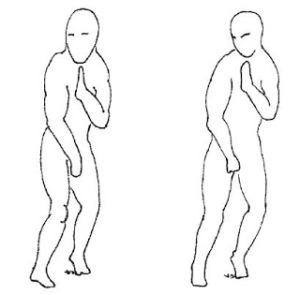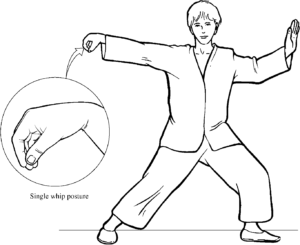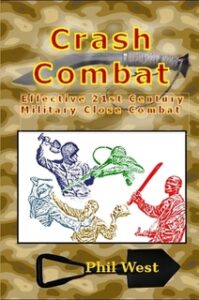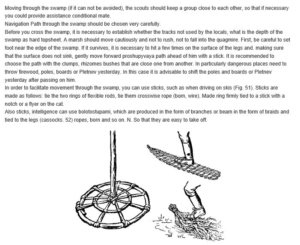I had a very interesting dream the other night. Some of it is still with me.
The inspiration for this train of dreaming was probably that I was reading about Pak Hok Chuan. In its early form it had eight punch techniques, eight kicks, eight finger techniques and so on. Eight was doubtless chosen because of a connection with the I-Ching.
In my dream, I was considering a fighting style. It would have numerous offensive techniques and very few defensive ones. Another key point in the dream was a stance with the palm held out. My dreaming mind told me this was in fact four related stances and that they were somehow connected with crescent kicks.
A Great Variety of Attacks.
This part is fairly easy to interpret. Readers of this blog and my books will know I consider the palm-heel and the hammer-fist as primary strikes. Some targets and some techniques work better with other body weapons, however. The knife-hand is ideal for striking the crease of the elbow. Some punches work better with a one-knuckle or phoenix-eye fist than a palm-heel or conventional fist. Likewise, I can think of at least half a dozen families of kicks, and each has a particular application or something to teach. A fighting style needs a whole kit of body weapons it can select from.
Few Defensive Techniques.
This bit is also quite logical. It is better to have just a few defensive techniques that can deal with a great variety of situations. This cuts down on decision time, hesitation and makes a defence more reflexive.
If you are holding a quarterstaff there are only really two defensive techniques. If an attack comes from one side you parry it inward, if from the other side parry it outward. Readers of my first book will know that I suggest something similar for unarmed defence using a p’eng hinge/ SPBK posture.

I think this is where the bit about the four stances with the palm forward fits in too. Bagua/ Pa-kua and some other styles try to do most of the parrying with the forward palm. That palm would have to move to defend four different quadrants: high outside, high inside, low outside and low inside. A crescent kick hits with the inside or outside edge of the foot. A defending palm would make some of its parries with the knife-edge or ridge-hand edge of the hand. That is my best theory so far as to why that bit was considered so important, but it was a dream. so logic may not be relevant.
Manoeuver.
Evasion is more important than parrying. so the dream had something about ginga, Pa-kua stepping and other movement techniques. Jumping was flagged as an ability. I’d been reading some stuff on how jumping and landing from jumps was a very useful exercise. Jumping can also let you change facing or position or avoid low attacks such as sweeps and kicks.
Clapping.
Clapping, as a method of rapid hand movement, was also present in my garbled thoughts. The martial applications of this is something I have been meaning to write more on.
This dream is not a Xanadu moment. A new fighting style has not suddenly sprung fully formed from my subconscious. It has, however, drawn my attention down some interesting routes. I hope it does something similar for you.





